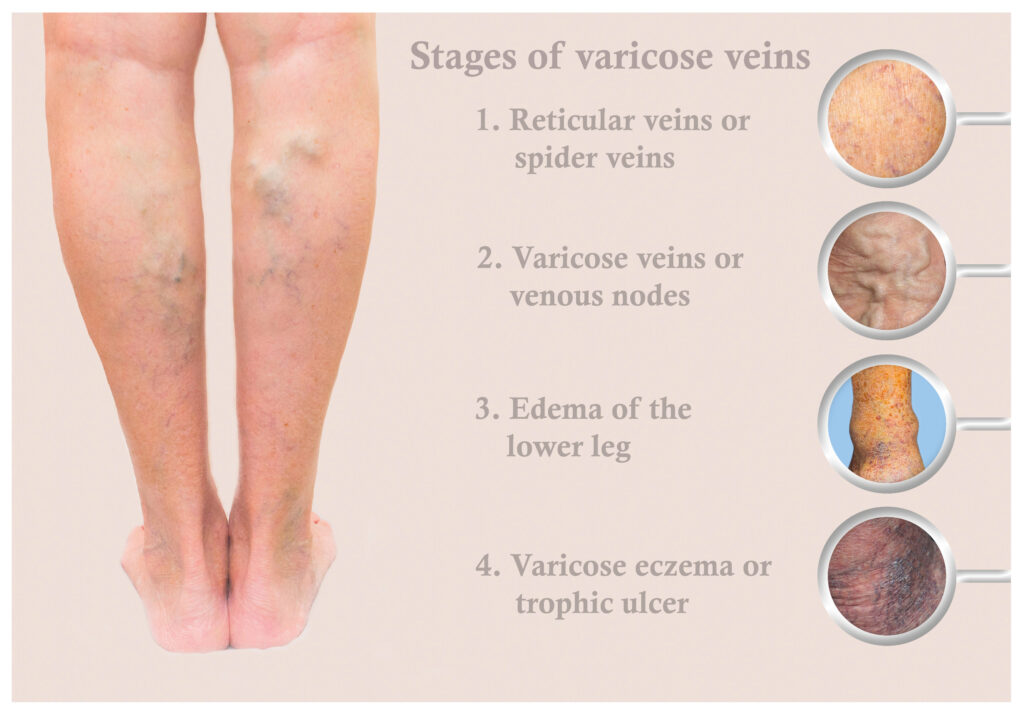Understanding the symptoms of varicose veins is very important in order to identify the risk that you might have them. Even if you’re not a doctor, you can still figure out when there might be a problem and visit a specialist in your area to get the condition diagnosed and treated.
Varicose veins are enlarged, swollen, and twisted veins that are usually blue or dark purple in color. These veins are often seen on the legs and feet and can cause discomfort, pain, and other symptoms in some individuals. In this article, we will explore the common symptoms of varicose veins and when to seek medical help.
Common Symptoms of Varicose Veins
- Varicose veins can be seen on the surface of the skin as enlarged, swollen, and twisted veins.
- Some people with varicose veins may experience pain, discomfort, or aching in the affected area. This discomfort may worsen after prolonged standing or sitting.
- Swelling is another common symptom that you need to keep an eye out for. Swelling is often more noticeable in the ankles and feet.
- The skin around the affected area may become discolored, dry, or itchy. Some people could also develop a rash or an ulcer in the affected area.
- Additionally, muscle cramps, especially at night, may occur in some people with varicose veins.

When Should You Seek Medical Help?
In many cases, varicose veins are not a serious health concern and can be managed with self-care measures. However, in some cases, they can lead to more serious health problems. Following are some of the main signs that you should seek medical help from a varicose vein doctor Chicago area specialist:
- Pain and discomfort – In case you are experiencing pain or discomfort that is affecting your daily activities, it should already be time to seek medical help.
- Ulcers – If you have an ulcer in the affected area, you should seek medical attention right away. Ulcers can be a sign of a more serious condition, such as venous insufficiency.
- Bleeding – Bleeding also requires immediate medical help.
- Blood clots – Blood clots can occur in varicose veins and can be life-threatening if they travel to other parts of the body. If you experience swelling, redness, or warmth in the affected area, seek medical help right away.
- Lifestyle changes are not working – If lifestyle changes, such as exercise and weight loss, are not improving your symptoms, it may be time to seek medical help.
Seeking Proper Treatment for Varicose Veins
The treatment for varicose veins can range from self-care measures to medical procedures. To start out, some self-care measures may include exercise, weight loss, and wearing compression stockings. These can help relieve symptoms of varicose veins.
When it comes to treatment, sclerotherapy is an effective medical procedure that might be recommended. It involves injecting a solution into the affected vein to close it off. Another treatment is endovenous laser treatment – a minimally invasive procedure that uses laser energy to close off the affected vein. Finally, in some cases vein stripping could be required. This is a surgical procedure that involves actually removing the affected vein.
Depending on the severity of the condition and whether or not there are complications, any of these treatments could be recommended. The rule of thumb is to keep track of your symptoms and visit your doctor right away when you see that the problem doesn’t go away following self-care.